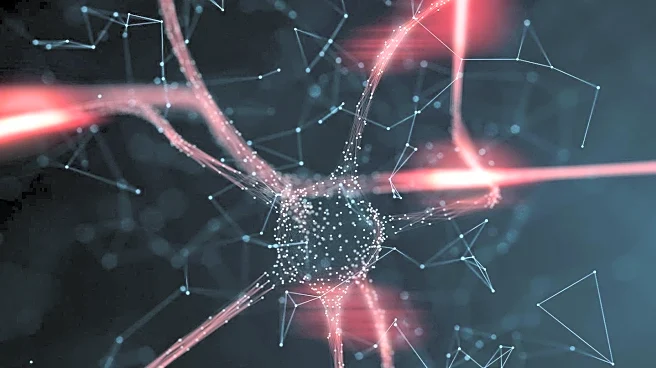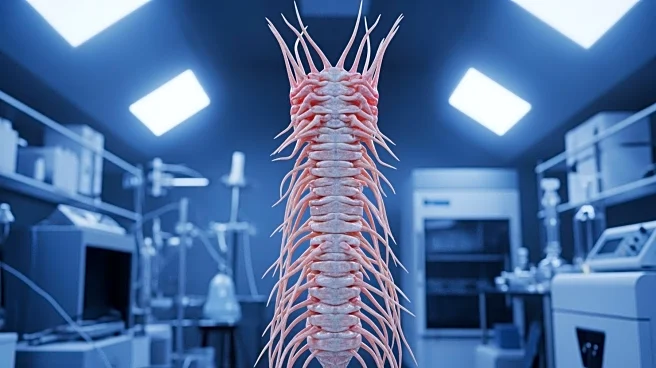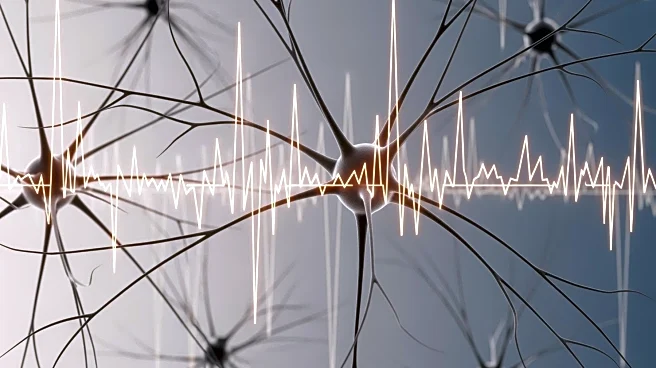What's Happening?
Recent studies have focused on the effects of device-based neuromodulation on motor recovery in patients with spinal cord injuries. Neuromodulation, which involves the use of electrical stimulation to alter
nerve activity, has been assessed through various clinical trials and research efforts. The studies aim to understand how neuromodulation can aid in restoring motor functions and improving the quality of life for individuals affected by spinal cord injuries. Researchers have explored different methods, including transcutaneous spinal cord stimulation and brain-spine interfaces, to evaluate their effectiveness in enhancing motor recovery. These approaches are being tested for their potential to facilitate walking and other motor functions in patients who have experienced paralysis due to spinal cord injuries.
Why It's Important?
The significance of this research lies in its potential to revolutionize treatment options for spinal cord injury patients. Neuromodulation offers a promising avenue for improving motor recovery, which could lead to enhanced mobility and independence for individuals with spinal cord injuries. This could have profound implications for healthcare systems, as effective neuromodulation therapies may reduce the need for long-term care and rehabilitation services. Additionally, successful implementation of these techniques could improve the overall quality of life for patients, allowing them to regain some degree of autonomy and participate more fully in daily activities. The research also contributes to the broader field of neurotechnology, potentially paving the way for new innovations in treating neurological disorders.
What's Next?
Future research will likely focus on optimizing neuromodulation techniques and exploring their long-term effects on spinal cord injury recovery. Clinical trials are expected to continue, with researchers aiming to refine the technology and improve its efficacy. There may also be efforts to integrate neuromodulation with other rehabilitation strategies, such as physical therapy and robotic-assisted training, to maximize recovery outcomes. Stakeholders, including healthcare providers and technology developers, will be closely monitoring these advancements to assess their potential for widespread clinical application. As the field progresses, regulatory bodies may also play a role in establishing guidelines and standards for the safe and effective use of neuromodulation therapies.
Beyond the Headlines
The ethical implications of neuromodulation in spinal cord injury treatment are worth considering. As these technologies advance, questions about accessibility, cost, and equitable distribution of treatment may arise. Ensuring that all patients have access to these potentially life-changing therapies will be crucial. Additionally, the integration of neuromodulation with other technologies raises concerns about patient privacy and data security, particularly in the context of brain-computer interfaces. Addressing these issues will be essential to gaining public trust and acceptance of neuromodulation as a standard treatment option.











